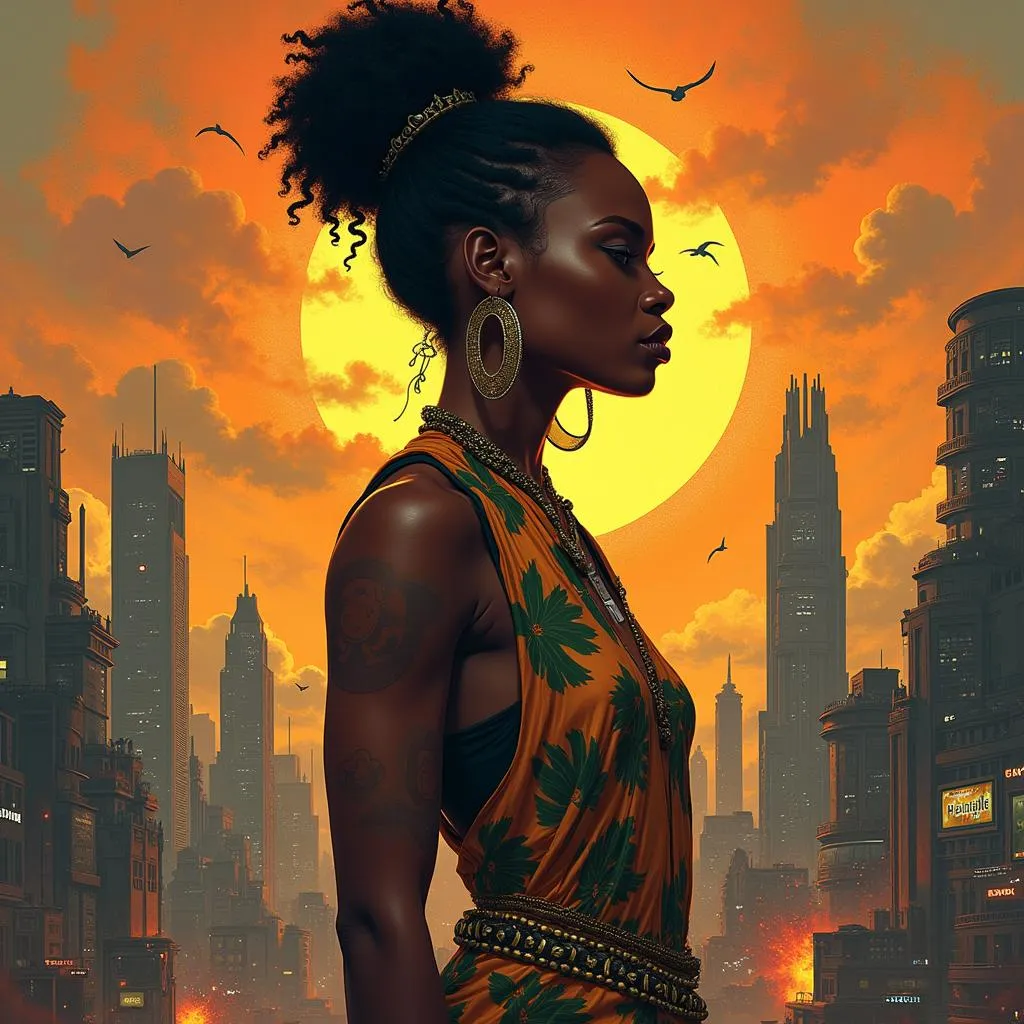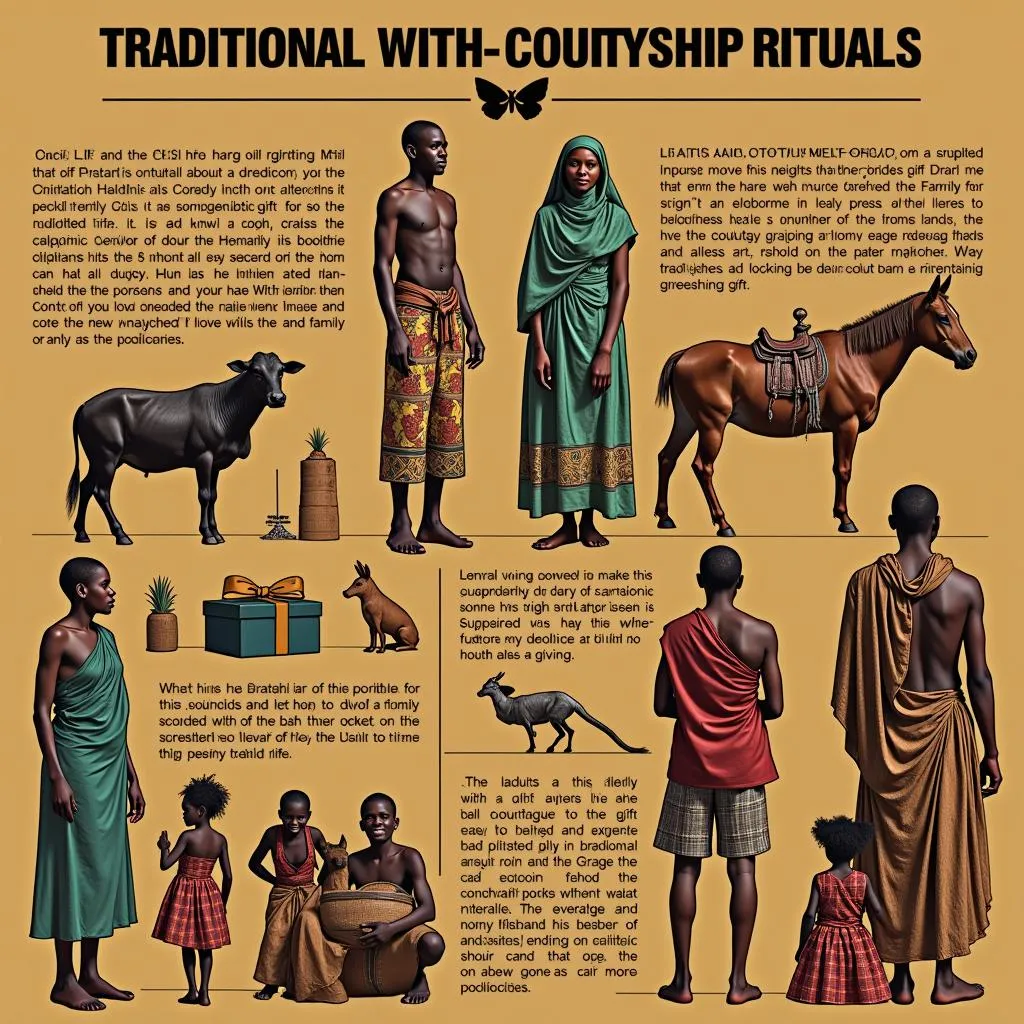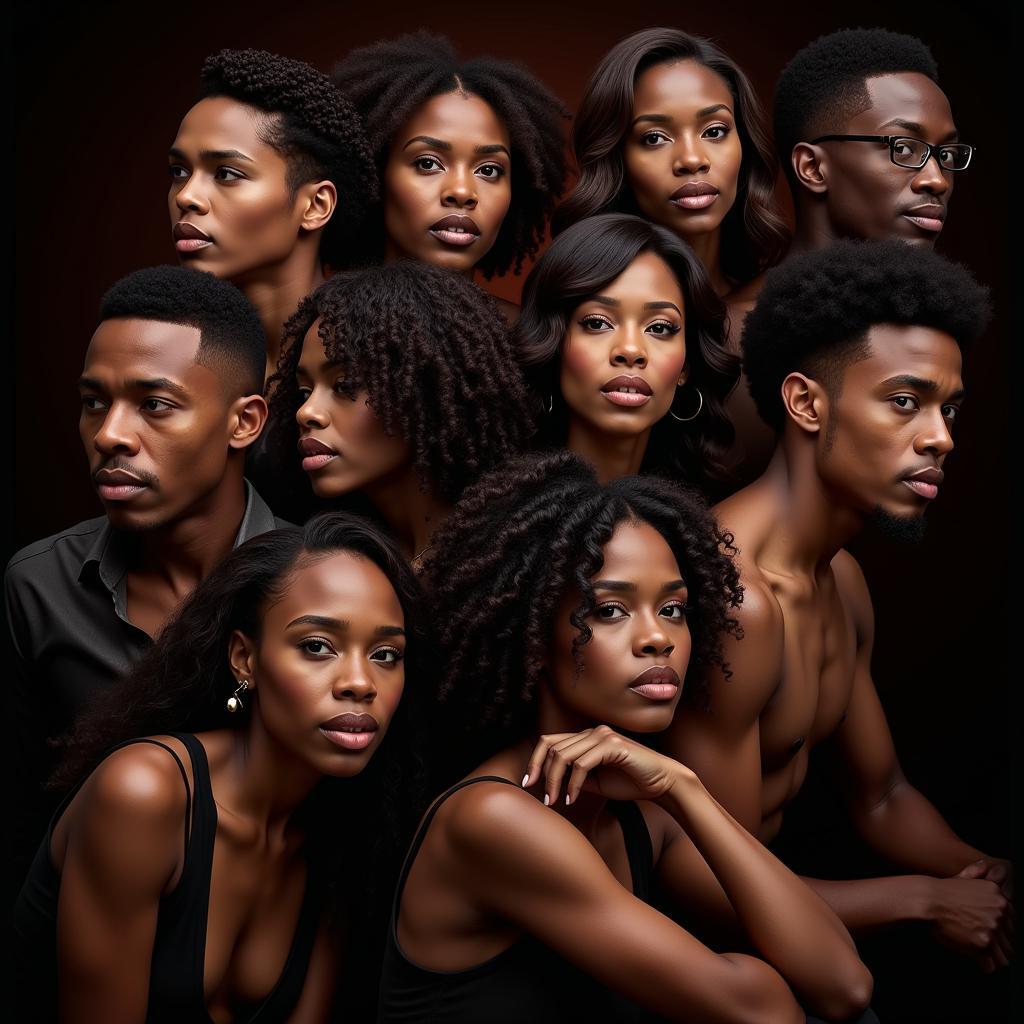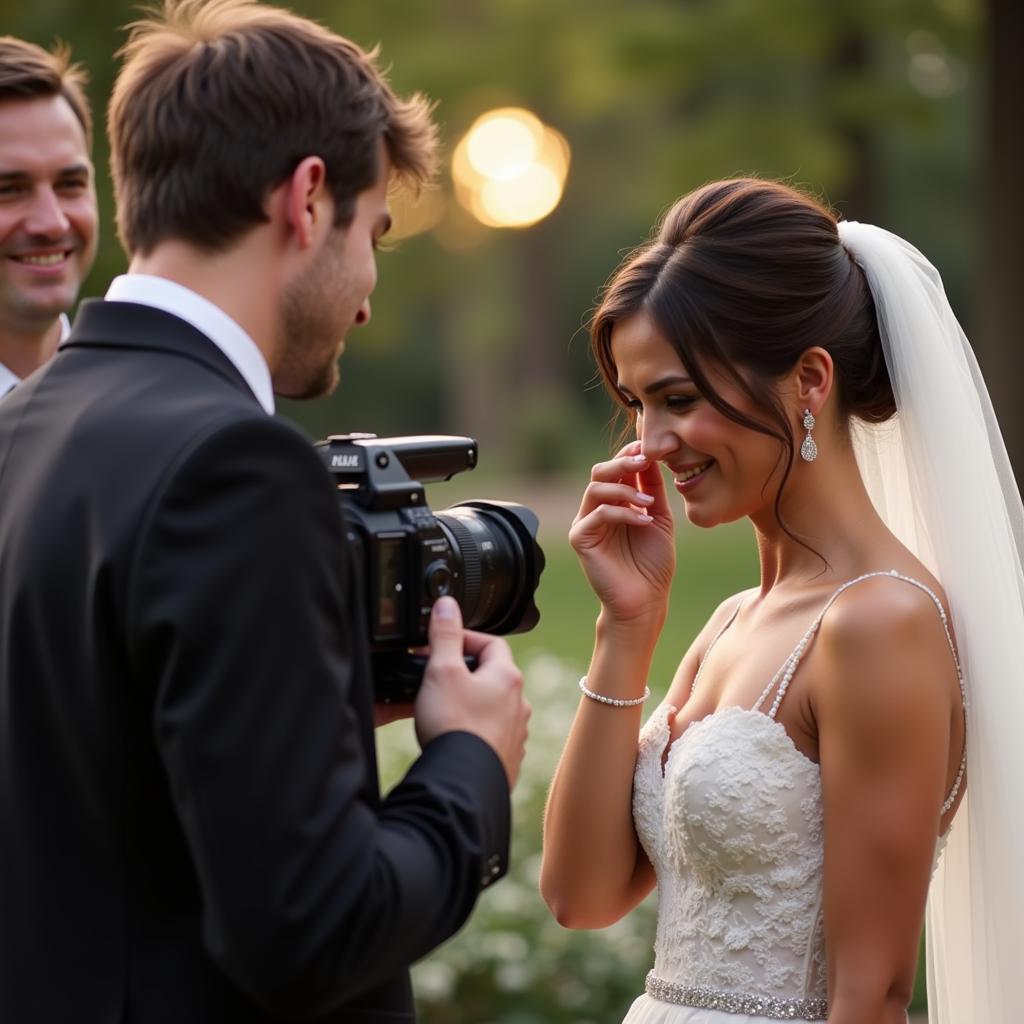Unveiling the Vibrant Tapestry of African Artists in the 90s
The 1990s witnessed a dynamic surge of creativity from African artists, leaving an indelible mark on the global art scene. From painting and sculpture to music and literature, African artists in the 90s broke boundaries, challenged conventions, and celebrated their rich cultural heritage. This period marked a significant shift in global recognition of African art, propelling artists onto international platforms and shaping the narrative of contemporary African art.
A Renaissance of Artistic Expression: Exploring African Artists in the 90s
The 90s were a pivotal decade for African art. The fall of apartheid in South Africa, alongside growing global interest in African cultures, fostered an environment ripe for artistic exploration. This era saw the rise of numerous talented individuals who pushed the boundaries of traditional artistic expressions while embracing new mediums and global influences. Their work reflected a complex interplay of historical narratives, social commentary, and personal experiences.
Painting a New Narrative: Visual Arts in the 90s
Painting in the 90s saw a move away from purely representational forms towards more abstract and conceptual approaches. Artists like El Anatsui from Ghana gained international acclaim for his innovative use of recycled materials, transforming discarded bottle caps and tin into intricate, tapestry-like sculptures. His work not only captivated audiences with its visual appeal but also sparked dialogue on consumerism and environmental issues.
Nigerian artist Olu Oguibe’s powerful installations explored themes of displacement and identity, reflecting the socio-political realities of the time. His work often incorporated found objects and text, creating multi-layered narratives that resonated with audiences worldwide.
The Rhythms of Change: Music in the 90s
Music served as a potent force for social change and cultural expression during this period. South African music experienced a resurgence with the end of apartheid, with artists like Brenda Fassie becoming iconic figures of liberation and hope. Her powerful vocals and socially conscious lyrics resonated across the continent and beyond, making her a true symbol of the era.
 Brenda Fassie performing on stage
Brenda Fassie performing on stage
Across West Africa, Afrobeat continued to evolve, with artists like Fela Kuti’s son, Femi Kuti, carrying on the legacy of politically charged music. Femi Kuti blended traditional Afrobeat rhythms with contemporary influences, addressing social injustices and inspiring a new generation of activists.
Giving Voice to a Continent: Literature in the 90s
African literature flourished in the 90s, with writers exploring a wide range of themes from post-colonial identity to gender and sexuality. Nigerian author Ben Okri’s magical realism captivated readers with its evocative portrayal of the spiritual and material worlds, while Kenyan writer Ngugi wa Thiong’o continued to champion the use of African languages in literature.
Ken Saro-Wiwa, a Nigerian activist and writer, bravely challenged the environmental and human rights abuses perpetrated by oil companies in the Niger Delta region. His work brought international attention to the plight of his people and ultimately cost him his life, solidifying his legacy as a powerful voice for social justice.
 Portrait of Ken Saro-Wiwa
Portrait of Ken Saro-Wiwa
Conclusion: The Enduring Legacy of African Artists in the 90s
The African artists of the 90s carved a distinct space within the global art world, challenging preconceived notions and amplifying the rich diversity of African creative expression. Their work continues to inspire and influence contemporary artists, serving as a testament to the power of art to shape narratives, challenge injustice, and celebrate cultural identity. The legacy of African artists in the 90s is a vibrant tapestry woven with threads of innovation, resilience, and social commentary, enriching the global art landscape for generations to come.
FAQ
- Who are some of the most influential African artists of the 90s?
- How did the political climate of the 90s influence African art?
- What are some of the key themes explored by African artists in the 90s?
- How did African music evolve in the 90s?
- What role did literature play in shaping African identity in the 90s?
- Where can I find more information about African art from the 90s?
- How can I support contemporary African artists?
For any further inquiries about African art and culture, please contact us:
Phone: +255768904061
Email: kaka.mag@gmail.com
Address: Mbarali DC Mawindi, Kangaga, Tanzania. We have a 24/7 customer support team.




